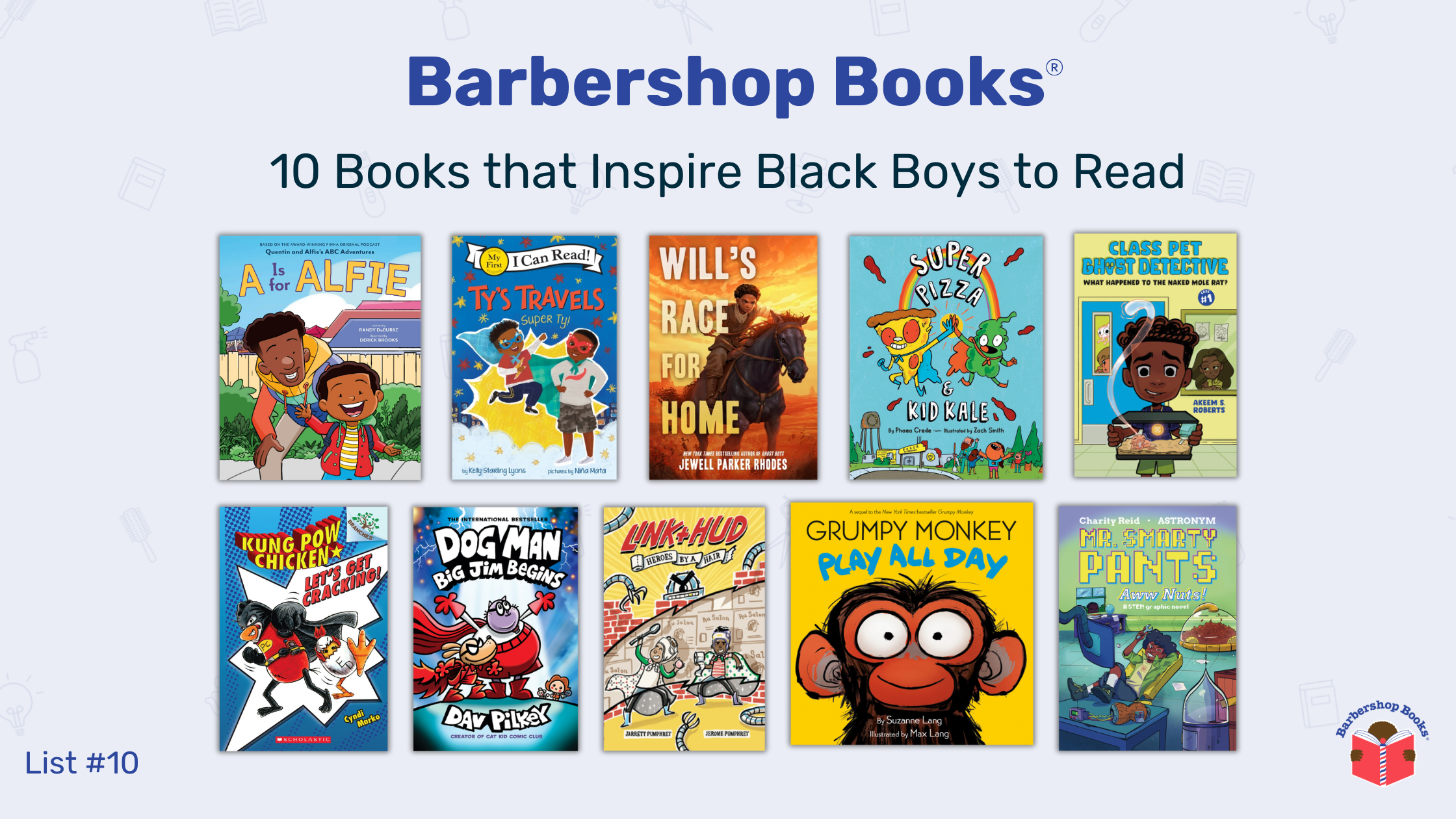
A Controversial Choice for Storytime
Would you read a picture book about the American Civil War to a six- or seven-year-old child? Anyone who knows even a little about the horrors of war can imagine numerous reasons why this topic is generally considered inappropriate for children. But what if a well-crafted story about war, as problematic as it may seem, could help children process the violence of modern American society and understand the realities for children who have experienced or currently live in war zones? As communities around the United States celebrate Juneteenth, I want to invite you to consider the historical context that produced this holiday. Despite how uncomfortable, difficult, or seemingly inappropriate talking to children about the Civil War may be, it just might provide them with the empathy needed to avoid the inescapable violence of generations past and present.
The Book of the Month Program
In 2009, before the culture wars and politically charged book bans that now dominate contemporary education, I taught first grade at P.S. 69, a traditional public school in the Bronx in New York City. During my tenure, our principal introduced a “Book of the Month” program. Every classroom in the entire school, grades first through fifth, received the same children’s book to read and discuss each month. The titles were generally curated based on their appeal and appropriateness for either upper or lower elementary grades. Promoting a school-wide culture of reading and creating a shared experience around a single story each month sounds like a brilliant idea, right?
Reading Pink and Say
When the program began, I couldn’t imagine that one of the curated titles delivered to my first-grade classroom would be a book about the Civil War, but I gladly embraced the challenge of figuring out how I would tackle reading Patricia Polacco’s Pink and Say to my students. Regardless of how they would respond to the book, I knew that I was going to give it the best chance of success by using the following three read-aloud strategies I had honed through my daily reading of children’s books as an early childhood educator. These tips helped me support learning and engagement, even when the story content was complex and challenging.
Break It Up
Because Pink and Say is a relatively dense book by picture book standards, I decided from the very beginning that it would not be a one-and-done read-aloud. I divided the story into four separate read-aloud sessions over four days (Monday to Thursday). I didn’t make my students wait over the weekend to finish the book; that would be cruel. During the pandemic, I reproduced the read-aloud experience from my classroom with three sitcom-length read-aloud videos of Pink and Say for the Barbershop Books’ E-Library. Adults break food into small, digestible pieces for babies. This process shouldn’t be limited to food. Great stories can and should be savored. I wanted my students to understand that reading a good book isn’t a race. It’s not only okay for readers to pause, ponder, and probe, but many authors write stories to elicit these responses.
Check In With Kids As You Read

Frequent protests over reading content in classrooms and libraries might lead some to conclude that the optimal condition for children should be a continual state of bliss. On one of the pages in Pink and Say, it says that a shot rang out while the two boys (pictured in the above illustration) hid in a root cellar as the mother of the young black union soldier, Pinkus, confronted marauders. Before showing the above illustration to my first graders, I paused and said, “I’m not sure we should keep reading this story.” One of my students replied, “We can handle it, Mr. Irby. Read the book!” Research on child well-being has found that helping children flourish and become well-adjusted adults is not simply a matter of removing all adverse childhood experiences but ensuring that children have positive experiences and parents or caregivers with their own emotionally supportive networks when children face adversity. Understanding children and their past experiences/backgrounds is also important when discussing difficult topics because adults can be well-intentioned and still cause trauma when we don’t mean to.
Let Kids Share Their Thinking
Witnessing the rich conversations and deep thinking that Pink and Say inspired among my students convinced me that with the right supports and a well-crafted story, many young children are capable of both understanding and discussing complex topics, including America’s deadliest war. When the school’s literacy specialist visited my classroom, she complained to me about how difficult and inappropriate Pink and Say was for younger students. In response, I asked my class if anyone wanted to volunteer to explain what they learned from the story. A flurry of hands shot in the air, and one of my most enthusiastic students said, “The South was trying to make Black people work for free. And the Union Soldiers in the north were like, nope.” As my student continued sharing her thoughts, I stood quiet and proud. Our class had embarked on a reading journey together, a four-part mini-series in book form, from which we all emerged a bit wiser and more empathetic to the traumas of war.
The Power of Storytelling
Teaching children about complex and uncomfortable topics like the Civil War is not just about imparting historical knowledge. It’s about fostering empathy, critical thinking, and a deeper understanding of the world. As we celebrate Juneteenth, let’s remember the importance of these lessons and the power of well-crafted stories to bridge the past and present, helping to create a more empathetic and informed future generation. I encourage educators, parents, and community leaders to use stories to spark conversations that can guide our children toward a more compassionate and informed society.
Ready to start the conversatation with your little reader? Watch our founder’s special read-aloud of Pink and Say and journey through history with us.
